There are many ways to determine if your PCIe slot is bad. The easiest way is by testing the slot with different cards that fit. Doing this would give you insight into the probable cause and highlight whether the issue lies with the slot or the device. There are also plenty of other ways to check using internal tools and utilities.
Suppose you have been experiencing some problems with your motherboard, particularly regarding malfunctioning PCIe peripherals. In that case, you are probably here to learn how to tell if a PCIe slot is bad.
So as mentioned earlier, you can either check manually via the process of elimination or by using some of the built-in tools and utilities inside the operating system.
If you proceed with the manual way by testing a slot with different cards, you will need to take extra care to avoid any damage.
Checking through OS built-in utilities should be easy for most people and can provide a lot of insight into the problem and how to solve it. However, built-in utilities are sometimes non-conclusive.
The best method is to have a PCIe slot testing kit. However, that method can be a bit expensive.
How to Tell If a PCIe Slot Is Bad?
There are several ways to go about this, depending on the tools and utilities you have at your disposal.
If you notice a problem after a new card installation and are unsure as to whether the problem lies with the newly installed card or the slot it went into, then here are some methods that you can use to troubleshoot:
- Process of Elimination
- Visual Inspection
- Using the Device Manager
- Using the BIOS
- Using a PCIe Test Card
Also Read: How to Tell if Motherboard is Bad or Dead?
1. Process of Elimination – Manual Method –
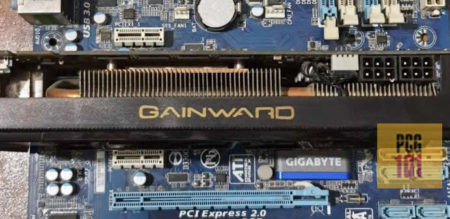
You can use the process of elimination to find out if your PCIe slot has a problem. This is a little straightforward but risky, particularly if you are not used to opening your PC.
Essentially, you will need to have at least two PCIe slots for this to work.
What you do is:
- Take the card you know works from the suspected faulty PCIe slot.
- Insert it into another PCIe slot.
- If the problem persists, then the issue lies with the card.
- If the problem resolves and the card is operating fine, then the issue lies with the PCIe slot.
Alternative method: you will need two PCIe cards for this (ideally of the same size).
- Take one card and insert it into a PCIe slot.
- Unplug the card and plug a second PCIe card into the same slot if the card does not work.
- If the problem persists and the second PCIe card ALSO does not work, there is a high chance that the fault lies with the PCIe slot.
You can also install an already working PCIe card into your testing slot. If it fails, chances are that the slot is bad.
Make Sure You Are Delivering Enough Power to the Card
This is particularly true if you have recently installed a graphics card that does not work.
Most graphics cards require PCIe POWER connectors directly from the PSU. If the power is not provided, then the card will NOT operate. In this case, the fault does NOT lie with the PCIe slot but with insufficient capacity.
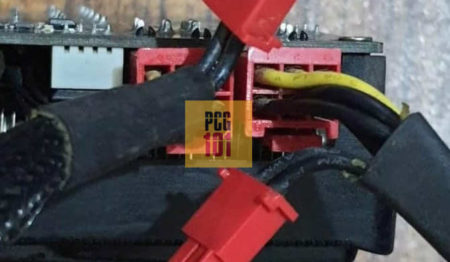
Also, Read: How Many PCIe Cables Do I Need?
Make Sure You Are Using the Right Slot for the Right Card
It should be noted here that you MUST use the appropriate card for a specific slot.
Every expansion card has a specific PCIe lane requirement. For instance, NVIDIA Graphics cards need 16 lanes ideally, but they can also work with eight lanes.
If you install this card in a slot with only four lanes, it will NOT work.
This is often an issue because a full-size x16 slot may only have four lanes.
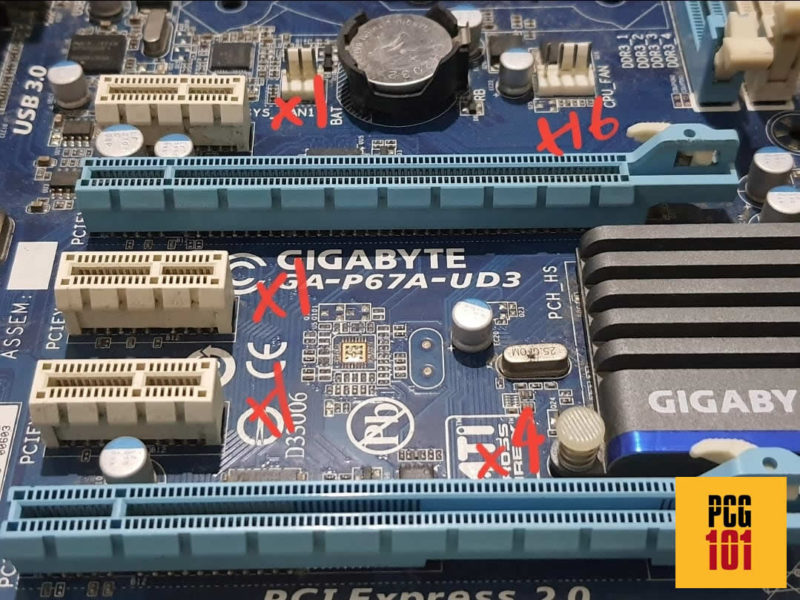
Note above that this motherboard has a second x16 slot but only offers four lanes. Hence, putting an NVIDIA graphics card here will not work.
So here, the problem would not lie with the PCIe slot but with incorrect usage of the place for your GPU.
Also Read:
- What are PCIe Lanes?
- Does it Matter What PCIe Slot I Use?
- 10 Things That Can Be Plugged in PCIe Slots
2. Good Old Visual Inspection
This method goes in hand with the previous form.
You could always rely on your eyes as the first and the most straightforward measure to determine if your PCIe slot is bad.
Since you will open up your PC for the above method anyways, it is worth looking for signs of any visible damage to the slot or the pins lining it.
Doing so, you may also come across dust accumulated, which can result in a quick fix for your wrong PCIe slot.
You should also check if the PCIe card is securely inserted into the slot. Sometimes you must gently push the expansion card to align it with the pins inside the slot.
Also Read: How To Tell if CPU is Bad or Dead?
3. Using the Device Manager
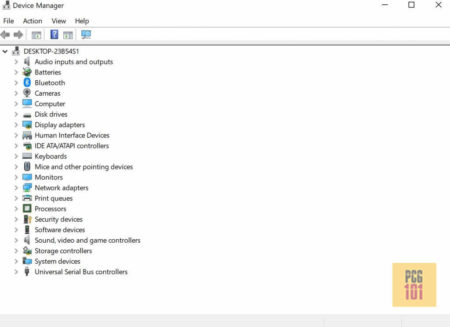
If you have installed a device, look for it under the appropriate section to see if it is detected. For instance, for a WiFi Card, you will look for it under the “Network Adapters” section.
If you are on Windows, using the Device Manager can be the quickest way to determine whether your computer has hardware problems, particularly drivers.
With Device Manager, you get access to the status of all the devices connected to the motherboard and their driver information.
This information lets you know whether you have a bad PCIe Slot.
To get to the device manager:
- Click the Start Button
- Search for “Device Manager” and click on the first result.
Alternatively (in case the search box does not detect Device Manager):
- Click the Start Button.
- Search for “Control Panel.”
- On its main menu, select “Hardware and Sound.”
- Then find “Devices and Printers.”
- Under this, you will find the selection for Device Manager.
Note, the Device Manager DOES NOT show the PCIe slots themselves! It shows only the ATTACHED devices. So if you have attached a particular device, say a network adapter, and if it does not show, that could indicate a problem with the PCIe slot.
Also Read: Where is Motherboard in Device Manager?
Exclamation Mark in Device Manager
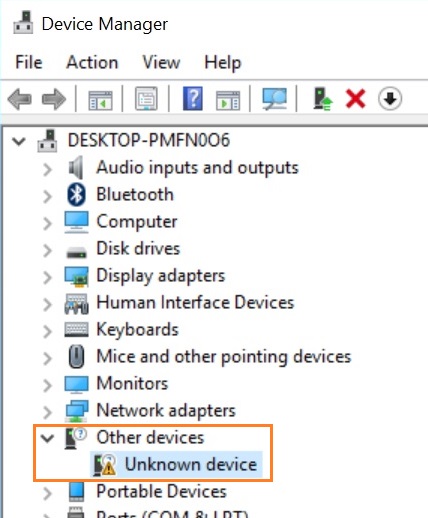
Sometimes you may find a device with an exclamation mark next to it. If you see this, the PCIe slot is working fine, but the issue either lies with the installed device or its drivers.
4. Checking the BIOS
The BIOS (Basic Input Output System) is the first piece of software that runs every time you start a computer.
The POST (Power On Self Test) is one of its many functions. The POST function ensures every bit of hardware connected to the computer necessary for operation is up and running before the system can load the OS.
The BIOS itself is also used to configure various hardware on the computer, which can come in handy if you need to tell whether you have a bad PCIe slot.
Accessing the BIOS
You can use the BIOS utility before the computer boots into the OS. Access to it has various key combinations and will depend on the motherboard.
Find the BIOS key for your computer, then restart the computer while pressing that key. Usually, this is the F2 or the DEL key on most computers.
The booting process will be interrupted, and you will be taken to the BIOS utility.
Also Read: How to Reset BIOS?
Finding the PCIe Settings
This will depend on the BIOS version you are running. Nevertheless, you will likely find the settings for PCIe under the Advanced Settings tab.
You will need to check if all the PCIe slots are listed, and also you need to ensure they are enabled. You will also need to check whether the PCIe Bus is overclocked. If the PCIe Bus is overclocked, that can bring about a load of issues.
Sometimes the slot with a graphics card can be disabled if your motherboard has an integrated GPU. This may cause the installed GPU to fail, and you may mistakenly think the slot is wrong.
It should be noted that not all BIOS versions are comprehensive enough to allow control over the PCIe slot configuration thoroughly.
5. Using a PCIe Test Card
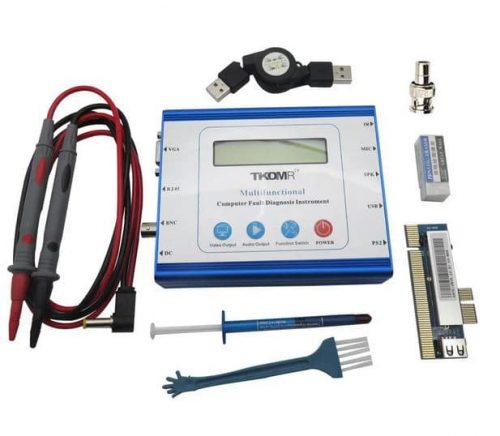
This is a comprehensive solution for how to tell if a PCIe slot is bad. A PCIe test card offers basic features that allow you to test the performance of your slot and will even alert you of any present issues.
Some come with status LEDs that give you a glance at the slot’s various performance parameters as soon as you switch on the card.
Some products offer comprehensive analysis kits to test your PCIe slots. These are great if you run an IT store.
How this Works:
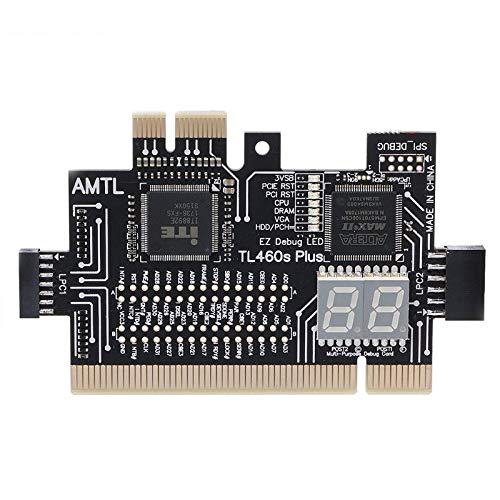
You insert this unit into the PCIe slot like a regular expansion card. The computer must be off for this, and proper care should be taken.
Once installed, you switch on the computer, and the card will immediately be powered on and start analyzing your slot.
Ultimately, the inserted card will give you visual indicators and codes corresponding to specific issues with the slot.
Some come with software you can install on your computer to run comprehensive tests against your PCIe slot. This is a great way to find problems with your slot.
Again, PCIe test kits can get quite expensive. Therefore, they are more suited for those who run an IT store and who regularly work fixing broken motherboards.
Also Read:
Final Words
PCIe slots can be tricky to diagnose, especially when something goes wrong and your installed devices start to malfunction.
Here I talked comprehensively about how to tell if a PCIe slot is bad and there are different ways to go about it.
For me, the best and the most powerful method is to use the process of elimination whereby we would install a particular card in different slots, or perhaps even in other computers, to see if the issue lies with the slot or the card.
The methods using built-in tools like BIOS or the Device Manager are non-intrusive but can be inconclusive.
Of course, the holy grail for knowing if your slot is bad is to get the PCIe Test Kit. However, investing in this kit is only justifiable if you run an IT repair store.
FREQUENTLY ASKED QUESTIONS
1. What are some common symptoms of a bad PCIe slot, and how can you tell if your slot is experiencing issues?
There are several common symptoms of a bad PCIe slot, including intermittent connectivity, slow data transfer rates, and system instability or crashes.
You may also experience issues with devices that are connected to the slot, such as audio or video problems.
To determine if your PCIe slot is experiencing issues, you can try connecting different devices to the slot and monitoring their performance. You can also run diagnostic tests on your computer to check for hardware issues.
2. Is it possible to fix a bad PCIe slot, or is it necessary to replace the entire motherboard?
In some cases, it may be possible to fix a bad PCIe slot by cleaning the slot or re-seating the card.
However, if the slot is damaged or broken, it may be necessary to replace the entire motherboard. If you are experiencing issues with a PCIe slot, it is important to diagnose the issue and determine the best course of action.
If the issue is not resolved, it can lead to further damage to your hardware or other issues with your system.
3. What are some common mistakes to avoid when testing PCIe slots, and how can you ensure that you are handling hardware safely?
When testing PCIe slots, it is important to handle hardware safely and avoid common mistakes that can cause damage to your system or hardware.
Some common mistakes to avoid include using too much force when inserting or removing cards, not properly grounding yourself before handling hardware, and not properly securing cards in their slots.
You should also avoid working on your computer when it is powered on, and be sure to disconnect all cables and peripherals before working on your system.
Additionally, you should avoid using metal tools or objects when working with hardware, as these can cause damage or electrical discharge.
To ensure that you are handling hardware safely, it is important to follow best practices and take the necessary precautions.
